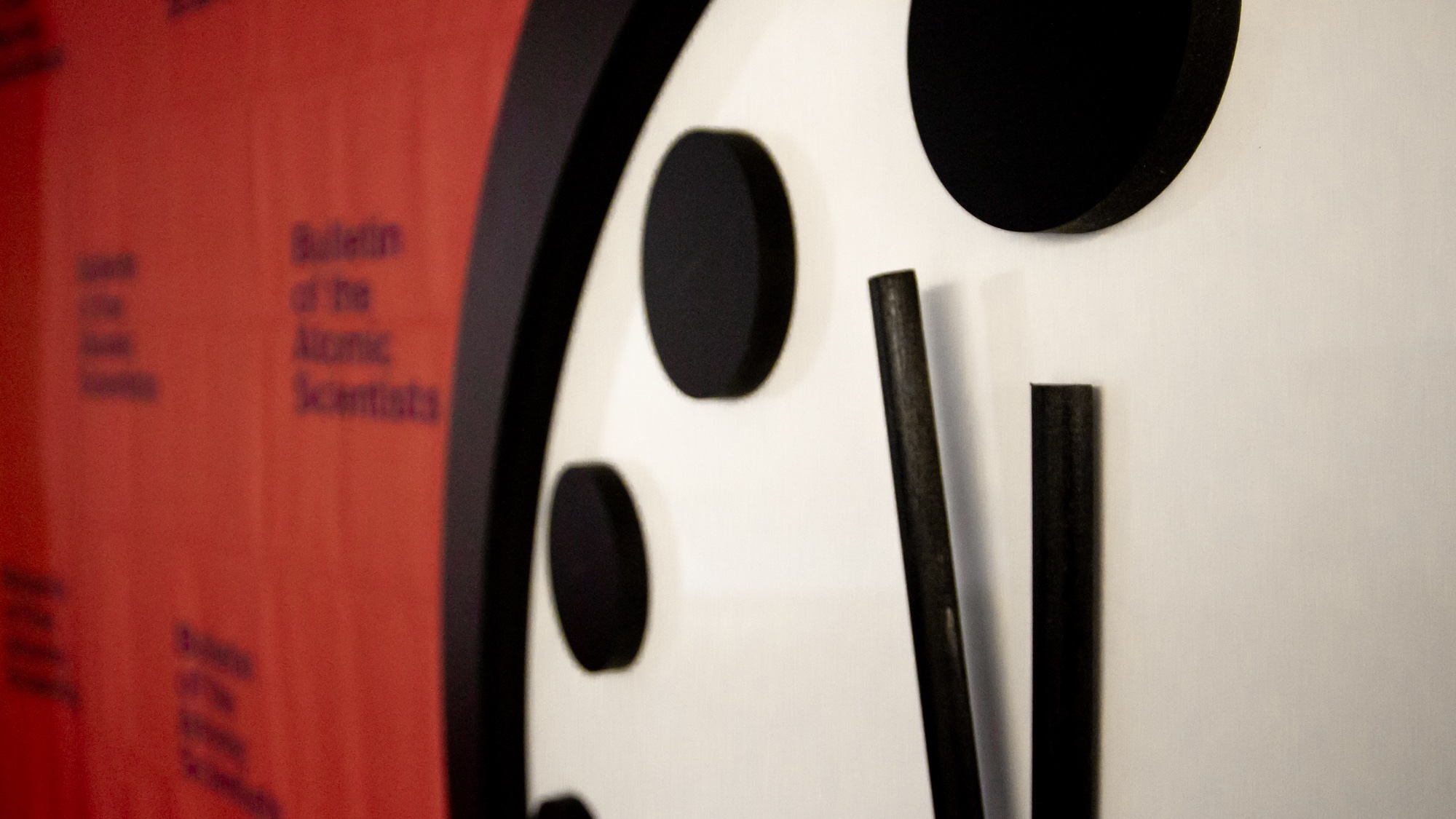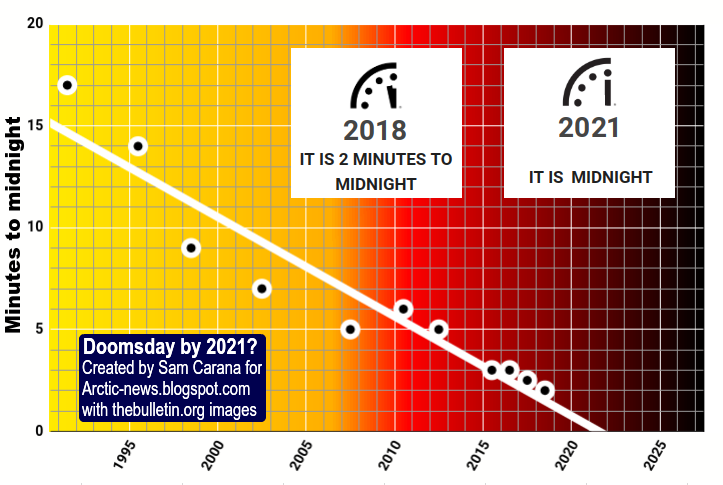

The time is a blunt measurement, but it generates a global conversation, and we take it very seriously.” “It is discussed in thousands of news stories around the world, and millions engage with it throughout the year. “Managing the clock is an enormous responsibility,” she continued. We are at a more dangerous place now than during the Cold War.” “It has become synonymous with and serves as a beacon of our work, universally understood in any language.

“The Doomsday Clock is the iconic image that visually conveys the Bulletin’s mission of alerting the public of existential threats,” said Rachel Bronson, president and CEO of the Bulletin, an independent media nonprofit that also publishes a digital magazine. The Bulletin will announce the new 2022 time on the 20th. The clock has been moved backward eight times and forward 16 times-the farthest being 17 minutes in 1991, the nearest being 100 seconds in 20. Since 1947, the clock has kept track of the likelihood of man-made annihilation and now stands at 100 seconds to midnight, a metaphor for hypothetical global catastrophe. On January 20, the Bulletin of the Atomic Scientists will begin celebrating the 75th anniversary of its iconic Doomsday Clock.

(Bulletin of the Atomic Scientists / Thomas Gaulkin) Members of the Bulletin of the Atomic Scientists’ Science and Security Board, Robert Rosner and Suzet McKinney, reveal the 2021 setting of the Doomsday Clock.


 0 kommentar(er)
0 kommentar(er)
